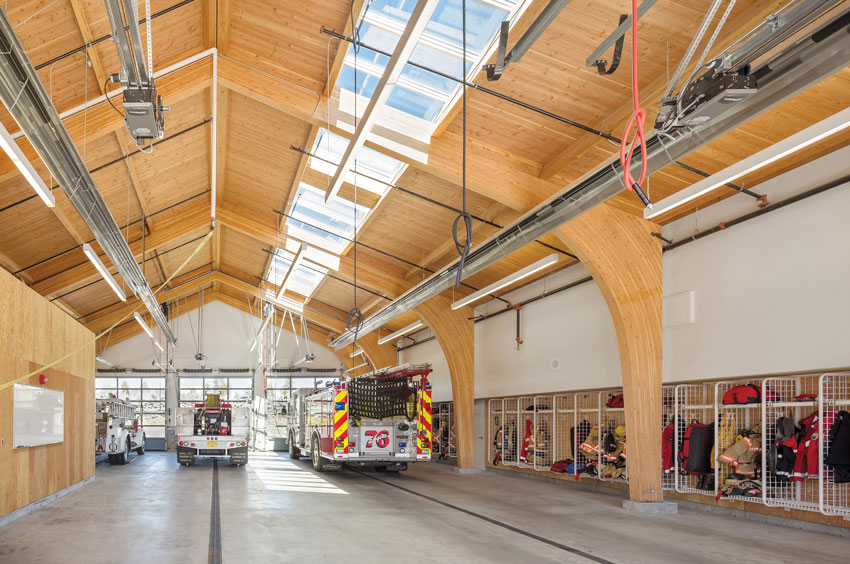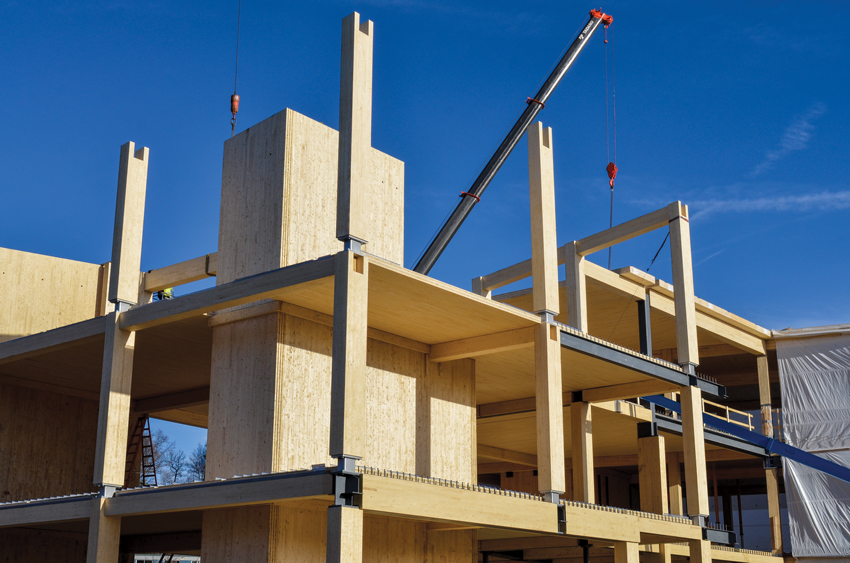Building Resilience: Expanding the Concept of Sustainability
Learning Objectives:
- Discuss why the concept of resilience can be viewed as another step in the evolution of sustainable building design.
- Identify the strengths of traditional wood framing and mass timber systems in the context of building resilience, including performance during and after earthquakes, hurricanes, and other disasters, as well as the relevance of carbon footprint and embodied energy.
- Explain how the International Building Code (IBC) and referenced standards such as the National Design Specification® (NDS®) for Wood Construction support building resilience.
- Describe examples of research related to the development of new building materials and systems that could help communities meet more stringent resilience criteria.
Credits:
This course is approved as a Structured Course
This course can be self-reported to the AANB, as per their CE Guidelines
Approved for structured learning
Approved for Core Learning
This course can be self-reported to the NLAA
Course may qualify for Learning Hours with NWTAA
Course eligible for OAA Learning Hours
This course is approved as a core course
This course can be self-reported for Learning Units to the Architectural Institute of British Columbia
Building resilience is one of those concepts you read about and think, ‘Of course.’ It’s an obvious next step in the evolution of sustainable design, conceived to meet a critical need, just as green building itself can trace its beginning to the oil crisis of the 1970s and the need to reduce energy consumption. Today’s need is to anticipate and prepare for adverse situations—such as earthquakes and hurricanes, the effects of climate change, even deliberate attacks—because there is nothing sustainable about having to rebuild structures before the end of their anticipated service lives and all of the resources that entails.

Photo: Josh Partee Photography
Fire Station 76: Gresham, Oregon
Architect: Hennebery Eddy Architects
Structural Engineer: Nishkian Dean Structural Engineers
Part of the structural system, the arches in this apparatus bay are designed to resist vertical and lateral loads required for essential facilities under the Oregon Structural Specialty Code. This project won a 2016 WoodWorks Wood Design Award.
As the American Institute of Architects (AIA) recently pointed out, “A resilient building in a non-resilient community is not resilient.” In the context of building materials, a complementary statement is that no building material in and of itself is the answer to resilience. Although materials such as wood have inherent characteristics that positively affect their performance, there are many greater factors that go into the design of a truly resilient structure.
With that in mind, this course will consider traditional wood framing and mass timber systems in the context of resilience, including performance during and after earthquakes, hurricanes, and other disasters, as well as the relevance of wood’s light carbon footprint and low embodied energy. It will describe how building codes and standards such as the National Design Specification® (NDS®) for Wood Construction support resilience now, and consider how wood structure can be utilized to meet evolving resilience objectives.1















